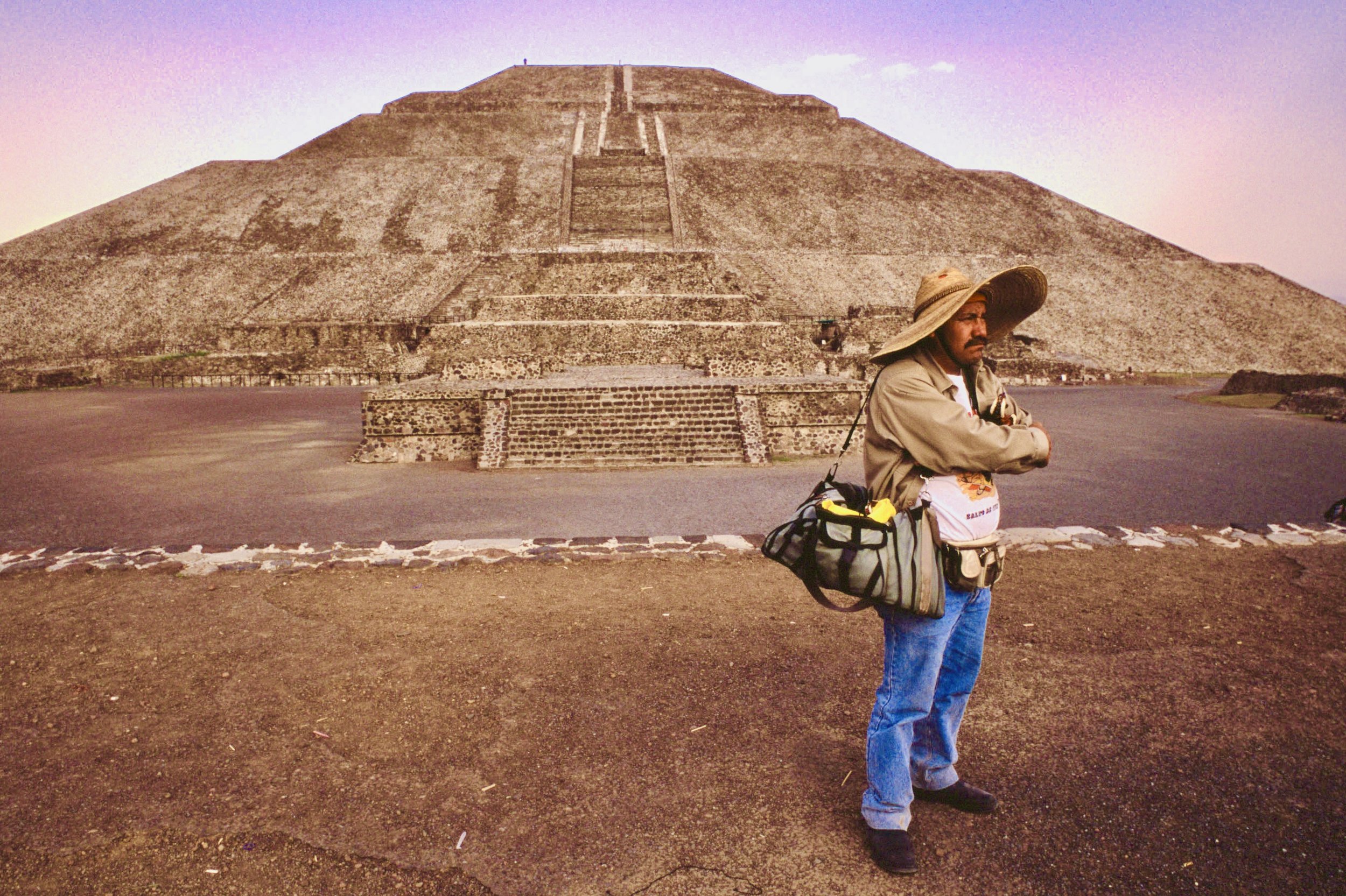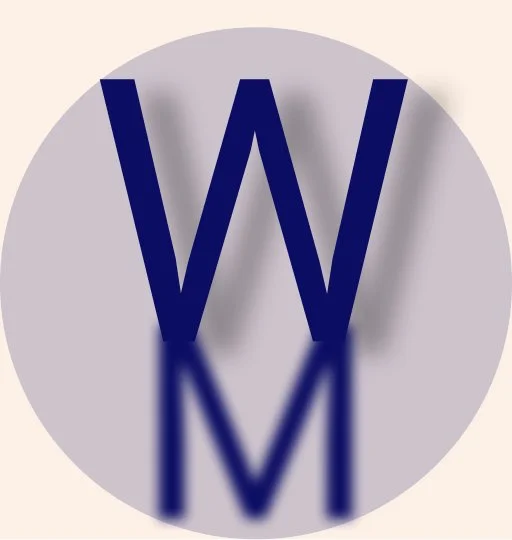
World Heritage Site User and Stakeholder Research Project
At-a-Glance
I conducted research at the World Heritage Site of Teotihuacan, Mexico in order to understand the many uses of this monumental archaeological site and how to improve its management. Over the course of 24 months I designed, developed and carried out a mixed-methods project that surveyed local residents in the five pueblos adjacent to the archaeological zone, and employees, archaeologists and visitors within the zone itself. I expanded the survey to include 510 individuals, and I employed four local archaeologists and students to assist with collecting the questionnaires. In addition, I conducted select, in-depth ethnography with local leaders, experts, site managers and other interested stakeholders. This research formed the basis for my dissertation at Stanford University.
Timeline
24 months
My Role
Principal Researcher
Methods
Mixed
(Ethnography,
Statistical Survey)
Results
New management standard at World Heritage Sites
1 book, 1 dissertation, 6 articles and chapters
7 presentations and guest lectureships
